Affiliate links on Android Authority may earn us a commission. Learn more.
What is lossless audio?
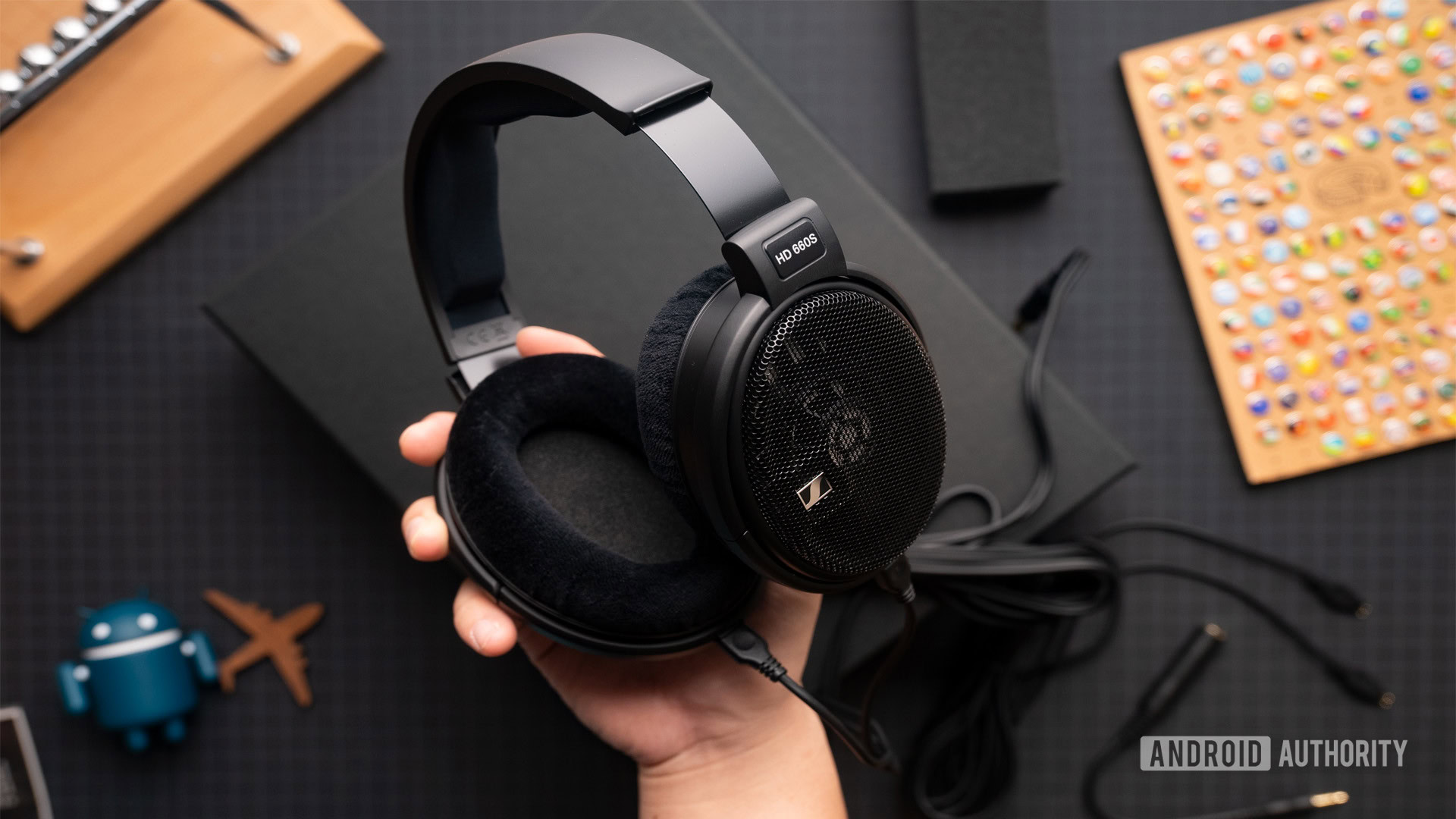
Music streaming services have been a boon to lossless audio, but the term has been around for decades. In fact, anyone who grew up listening to physical CDs has heard lossless audio. If lossless audio has been around for so long, why are music streaming services like Apple Music and Amazon Music positioning it as the best thing since sliced bread?
Time to define what exactly constitutes lossless audio, determine if it’s different from Hi-Res audio, and if lossless audio is worth paying for.
What does lossless audio mean, and does it improve sound quality?
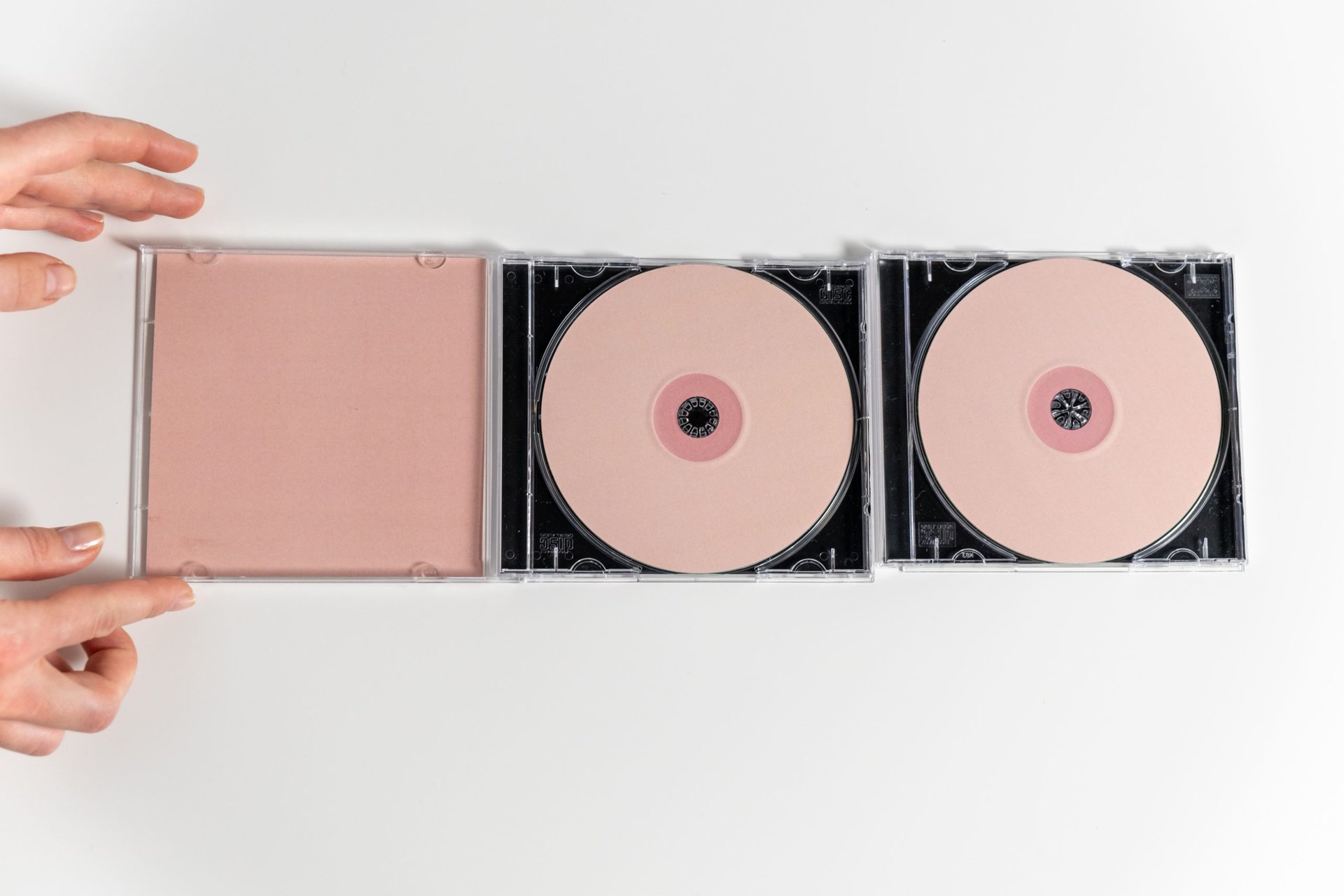
Lossless audio just means that a file, compressed or uncompressed, retains all data during the encoding process. When a lossless audio file is decoded, it is an exact digital duplicate of the original. In other words, no data are lost. Now, you may think that all compressed audio files are lossy, but that’s not the case. FLAC and ALAC are lossless audio codecs that use compression. Many music streaming services use FLAC because it offers the best of both worlds: the file sizes are large, yet reasonable, and all data are present. Lossless audio can make a big difference in sound quality if you’ve grown accustomed to low-quality audio streaming.
Contrasting lossless audio, you have compressed lossy audio files. While these files don’t retain the original quality, your hard drive or data plan will benefit from the much smaller file sizes. Most consumers are familiar with lossy audio files like MP3, AAC, and Ogg Vorbis. These codecs all use intelligent algorithms to shrink file sizes while retaining important audio information. Each algorithm is different, and you’ll find that certain lower-bitrate compressed codecs sound better than higher-bitrate compressed codecs.
What’s the difference between lossless audio and Hi-Res audio?
In order to be considered lossless audio, a file must have a bit depth and sample rate of 16-bit/44.1kHz audio file. (Yes, this is the same as CD quality.) Audio files with a sample rate greater than 44.1kHz and a bit depth higher than 16-bit warrant the high-resolution title (aka Hi-Res). Parsing these things apart can get tricky as music streaming services tend to lump everything into “lossless HiFi streaming,” but just remember that HiFi is not the same as Hi-Res.
CD-quality audio is lossless, and anything greater than that is considered Hi-Res.
Amazon Music Unlimited uses the term “lossless” for its CD-quality files and “Ultra HD” for its Hi-Res audio, which tops out at 24-bit/192kHz. Apple Music uses similar terminology, dubbing “lossless” as 16-bit/44.1 kHz up to 24-bit/192 kHz and “Hi-Res Lossless” as audio quality that maxes out at 24-bit/192kHz. You’ll see slightly varied marketing terms across streaming services. All you need to know is this: if your audio resolution is greater than 16-bit/44.1kHz, the file is technically Hi-Res.
Does Hi-Res audio sound better than lossless?
Although Hi-Res audio has a higher sample rate and greater bit depth than lossless audio, a vast majority of people can’t perceive the increased fidelity.
At best, human hearing caps out at 20kHz, and that’s only if our hearing is undamaged. Hi-Res audio files resolve well above that 20kHz limit. Heck, even CD-quality files with a 44.1kHz sampling rate resolve over the 20kHz limit of human hearing, reproducing 22.05kHz frequencies.

What’s the point of a 24-bit file? A 24-bit audio file has a greater dynamic range than a 16-bit file, but again, our ears and brains can’t process this. There’s also the myth that 16-bit audio reproduces a sine wave with a “jagged” curve, but that’s not the case. In fact, you can even get a “smooth” curve from a 6-bit audio file. Put simply, audio engineers reap the most benefit from 24-bit and 32-bit audio files with high sampling rates. When working with large audio files, engineers can perform heavy edits without introducing noise.
But what about bitrate? Certainly, we should be able to perceive a higher bitrate. Well, not quite. Bitrate just denotes how many bits are transferred in a second. It’s not quite as telling as the bit depth and sample rate. Our friends at SoundGuys said it best: high bitrate audio is overkill.
What streaming services support lossless audio?
An increasing number of streaming services are adopting lossless audio tiers. Some companies charge more for it, while others roll it into the standard pricing. You won’t find lossless audio from any free streaming tier.
Before you sign up to stream lossless audio to your heart’s content, remember that these files are big and eat up a lot of data. If you’re streaming them on the go, make sure it won’t result in data throttling or extra fees. If your plan has a data cap, you may want to stream over Wi-Fi.
Apple Music
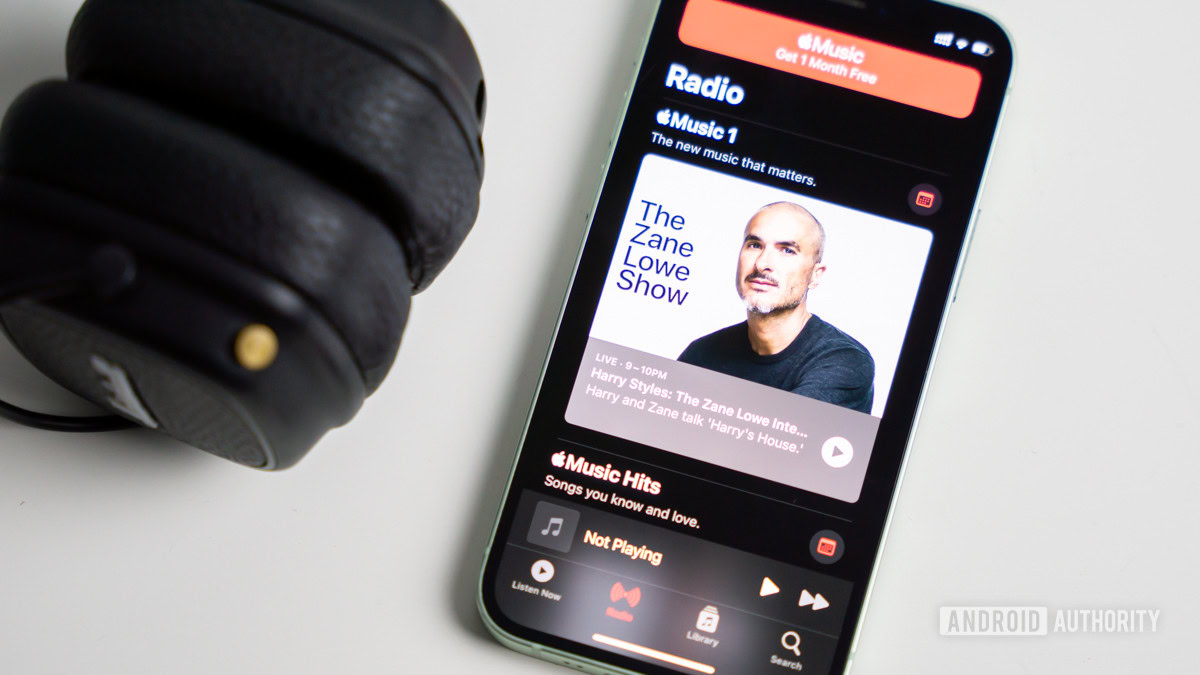
Apple Music lossless audio is baked into the standard subscription for $10.99/month. You can choose between CD quality or Hi-Res by going to Settings > Music > Audio Quality on your iOS device. Apple Music’s lossless audio quality ranges from 16-bit/44.1kHz to 24-bit/192kHz.
None of the AirPods support lossless audio, not even the AirPods Max. The unsealed AirPods and AirPods Pro models are all Bluetooth-only earphones, and Bluetooth lossless audio doesn’t exist. When you use the AirPods Max in wired mode, you can get close to lossless audio, but it’s not quite there. You need to get Apple’s 3.5mm-to-Lightning cable along with a dongle adapter since modern iPhones don’t have headphone jacks. This means the system converts a digital signal into an analog one, then back into a digital one, and finally back into an analog signal for the headphones to reproduce through the drivers. The re-digitization process means that the 24-bit playback isn’t identical to the source. and could yield distortion, added noise, and detail loss.
Amazon Music HD
On Amazon Music, signing up for an Unlimited subscription gives you access to lossless HD (16-bit/44.1kHz) and Ultra HD (up to 24-bit/192kHz) tracks. Amazon Music will indicate if a track is HD or Ultra HD content with a small icon in the player app. Non-Prime members pay $9.99/per month, while Prime members pay $7.99/per month.
Deezer HiFi
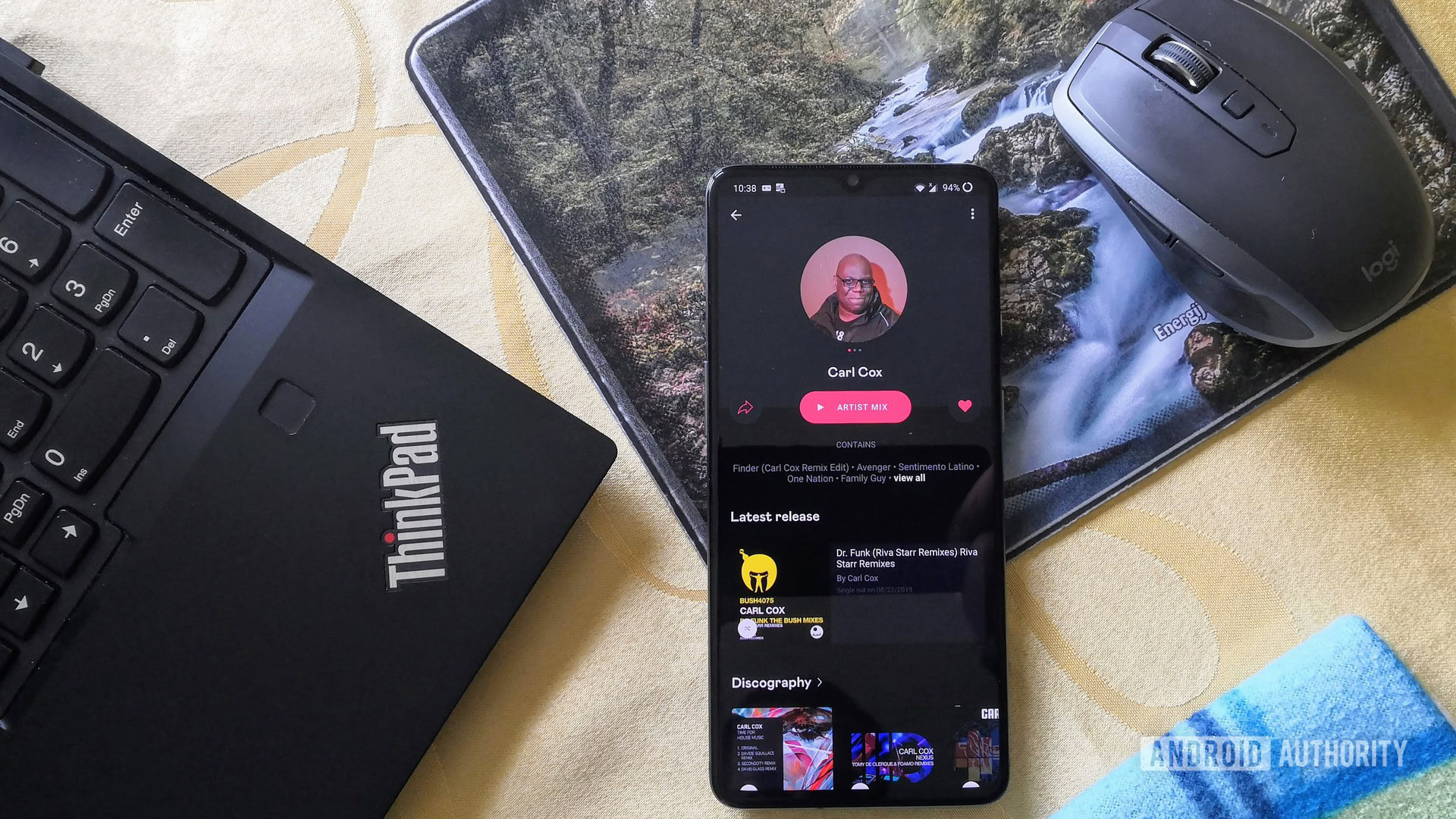
Signing up for Deezer gives you access to Deezer HiFi. You can enjoy lossless CD-quality tracks without paying extra. There’s no “Ultra HD” or Hi-Res Deezer option, but this isn’t all too important. A standard Deezer plan costs $10.99/month.
Tidal HiFi is not always actually lossless
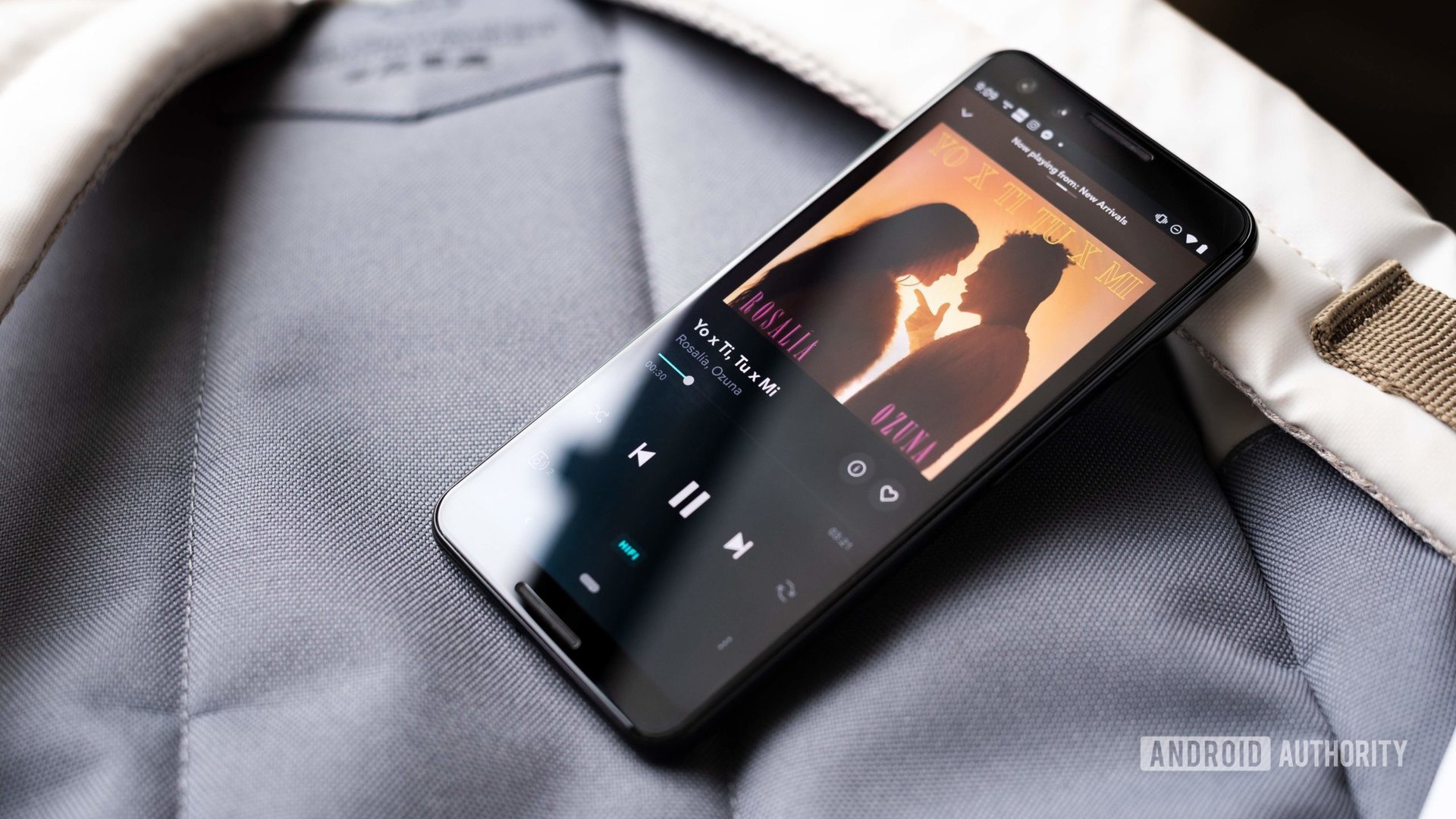
Tidal breaks down its streaming options into two tiers. HiFi is $9.99/month and provides access to 16-bit tracks. HiFi Plus is $19.99/month and goes up to 24-bit tracks. The HiFi option also includes spatial audio support for Dolby Atmos and Sony 360 Reality Audio. However, Tidal uses the Master Quality Authenticated (MQA) format for 24-bit files, which is, in fact, lossy. This applies to all of the 24-bit tracks, but ostensibly not the 16-bit tracks. However, this is true only if the 16-bit track is not flagged as a “master” track and was supplied to Tidal from the publisher in a 16-bit, lossless format. In contrast, tracks with the “master” tag aren’t lossless, but essentially bit-limited versions of the MQA tracks.
That’s a bit confusing. Just know that lossless Tidal tracks don’t have the “master” tag, and the artist must have supplied a lossless file format to Tidal.
Qobuz
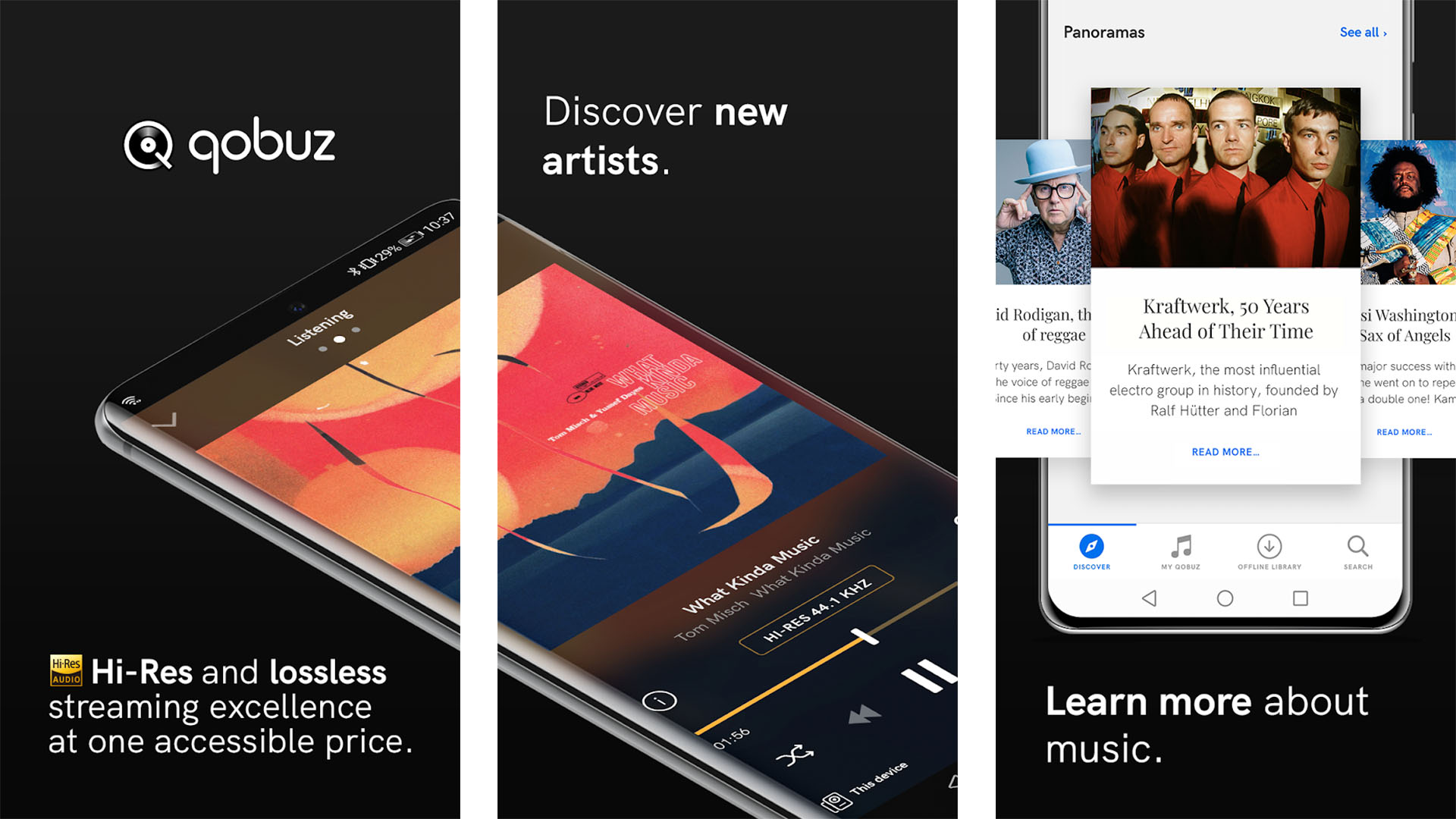
Qobuz offers a Studio subscription at $10.83/month and Sublime at $15.00/month. Both have up to 24-bit, 192kHz lossless streaming. Sublime also includes a discount of up to 60% on every Hi-Res download.
Does Spotify have lossless audio?
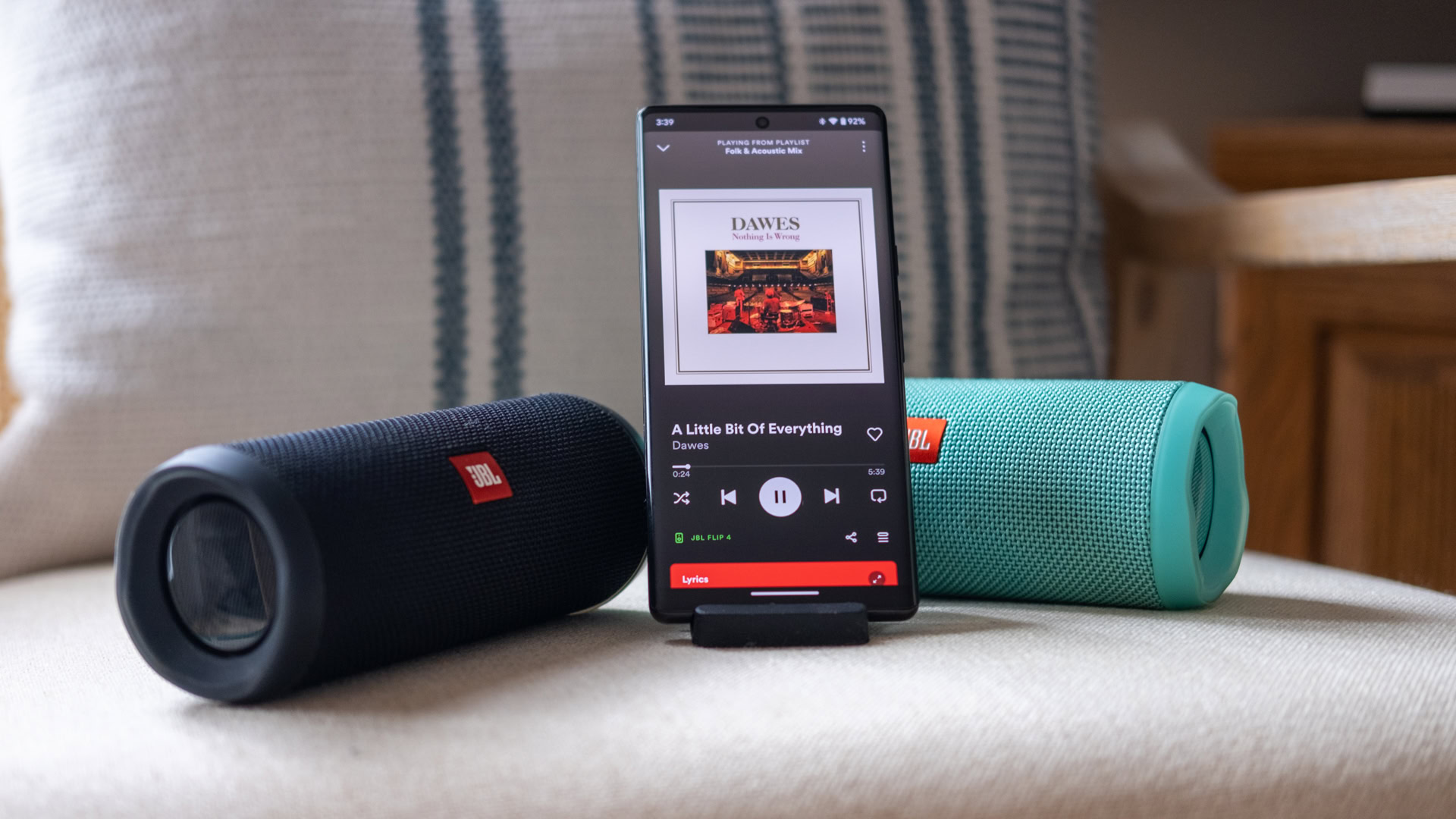
Spotify announced a lossless streaming service known as Spotify HiFi that was supposed to debut in 2021. We’re still waiting for Spotify lossless audio, and when (if?) it launches, it will feature CD-quality audio available for streaming. The jury is still out on whether or not Spotify HiFi will support Hi-Res audio too.
Can you stream lossless audio over Bluetooth?
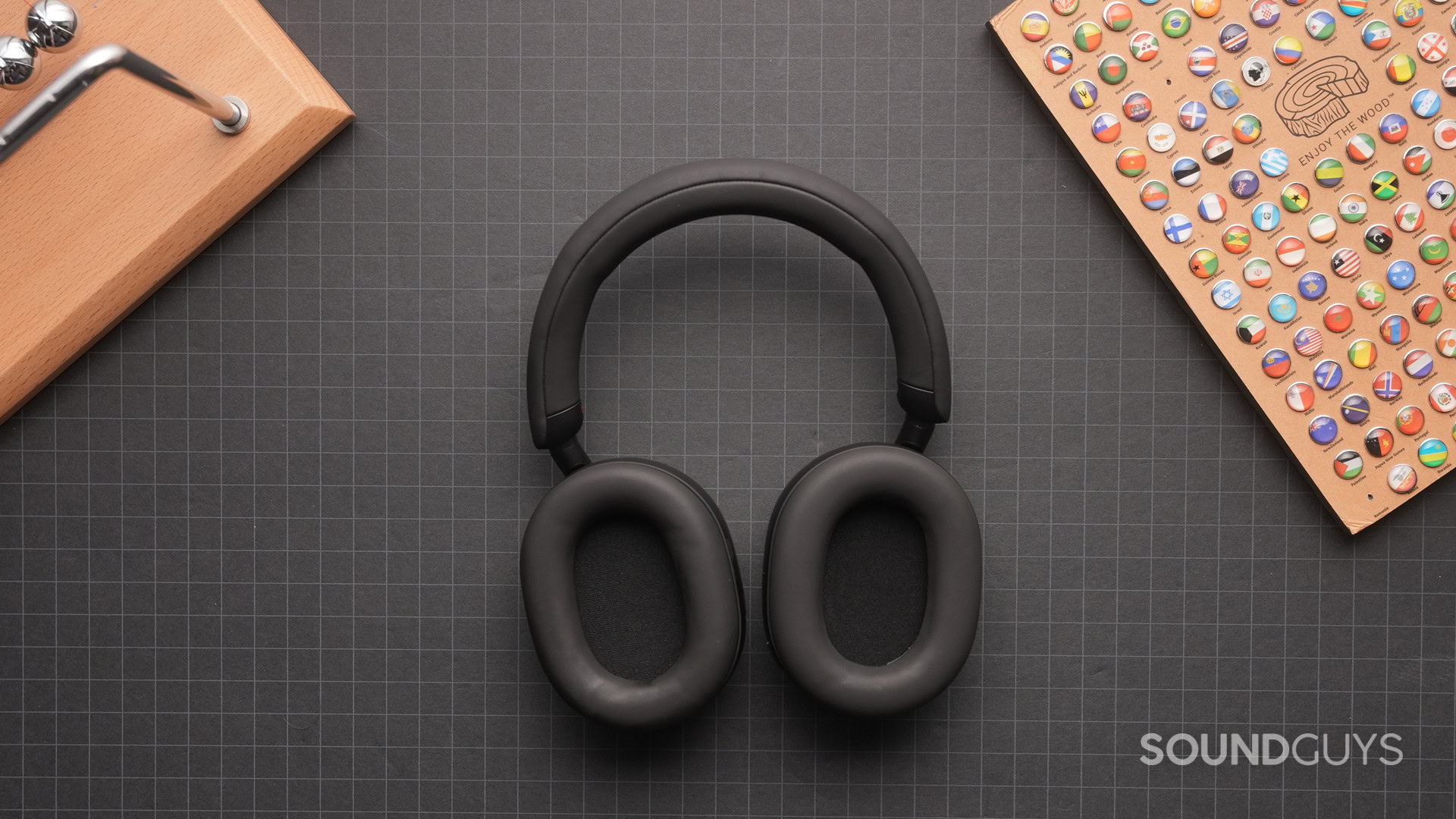
You cannot stream Bluetooth lossless audio. Bluetooth has very limited bandwidth and can’t transfer nearly as much data as a traditional analog connection. Bluetooth codecs compress audio at least a little bit, making constant tradeoffs between bandwidth, connection stability, and audio quality.
To circumvent the bandwidth issue, Bluetooth codecs use various tricks to keep a connection stable. Certain codecs are better at this than others. SBC, for instance, streams less data but offers a very stable connection that minimizes the number of streaming hiccups. Higher-quality codecs, such as aptX and aptX HD use more advanced algorithms. Certain codecs like aptX Adaptive, the Samsung Seamless Codec, and LDAC can actually vary their bitrate depending on the content and needs of the connection. In fact, LDAC reaches nearly CD-quality audio overall. It’s not a perfect match, but only really picky listeners would be likely to notice. There’s also aptX Lossless, which is set to debut on devices sometime this year.
Bluetooth cannot stream lossless audio files.
Long story short, modern music lovers who use Bluetooth headphones won’t experience lossless audio unless they use a wired connection. Listeners who don’t use wired earbuds and headphones should just conserve the space on their devices and stream using less data-hungry audio files. If you’re someone who has a local library set up on their computer, but it’s “just CD quality” and not Hi-Res, save your money. You really don’t need to re-purchase your library in Hi-Res because it’s available. Instead, you’re better off putting that money toward a better set of headphones to get more out of your music.